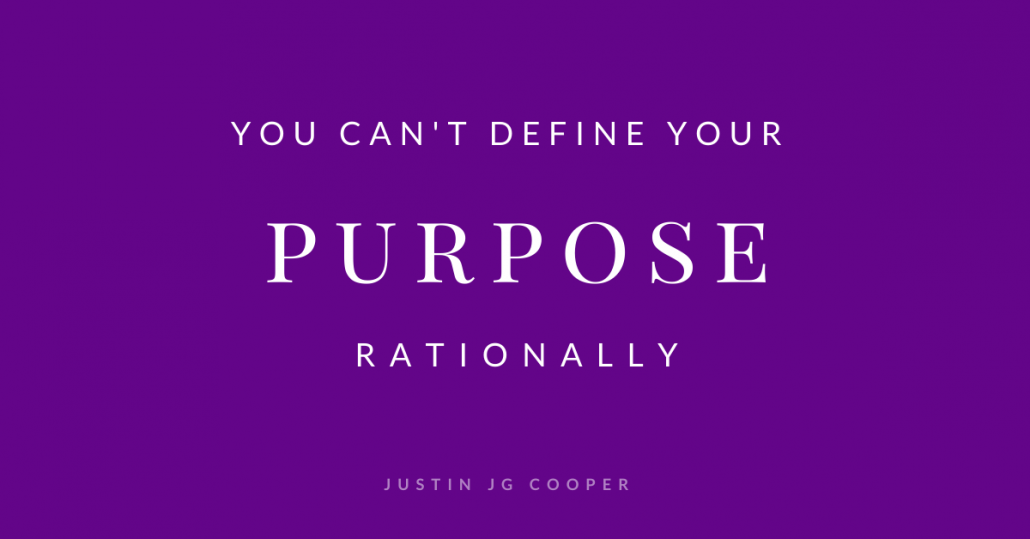
I’m a huge fan of Simon Sinek. He’s a genius. After all, he’s the poster boy for Purpose, and I’m a raving Purpose fan. But I believe he’s wrong about one thing and it’s a biggy.
Here it is:
You can’t define your Purpose rationally.
His book ‘Define Your Why’ asks students to identify five ‘origin’ stories from their past that they consider to be defining moments. He then guides his pupils to select two ‘nuggets’ or themes from these five stories which define who they are, and become the foundation for their ‘Why Statement.’
Sounds good — sounds like a rational way of going about it. The trouble is the part of the brain that houses our ‘Why’ isn’t rational; it’s emotional. Our beliefs, values and ‘emotional’ memories are housed in the limbic brain, which includes the amygdala and hippocampus — both of which reside in our subconscious. It is a foreign country to our rational, thinking brain. It is as if there was a ‘firewall’ between the two.
Trying to access your ‘Why’ by thinking about it rationally is like trying to swim upstream in a river with a very powerful current. You’ll be able to access glimpses, but you’ll never have real clarity. The genuine truth of who you are and why you are here will elude you. Your rational brain is far too busy sorting out the ‘What’ and ‘How’ in your life (which it’s very good at doing) to worry about trying to work out ‘Why’ (which it isn’t capable of doing). In the end it throws you a bone by giving you some insights from those memories it can access. At best it’s a poor substitute for doing the process ‘properly,’ at worst it’s a total failure.
So what’s the solution?
Meditation.
When you go into a meditative state you lower your brain waves so that you can redirect your attention from the external to the internal, and access your subconscious mind. In guided mediation exercises I conduct with my clients, I aim to move them from a beta state (12 to 38 Hz) to an alpha (8–12 Hz) and sometimes a theta state (5–8 Hz).
The interesting thing is that it only takes a short while to move into this state, with guided visualisations of between 10 to 15 minutes being ample time to access deep memories, beliefs and a deeper sense of Purpose. At the end of this mediative process, the subject completes a short questionnaire to download their thoughts — ensuring they don’t allow their rational minds to ‘sense check’ their answers.
Having worked with over 200 business people in the past 8 years, I can attest to the effectiveness of using meditation as the access point to your ‘Why’ / Purpose, along with many other powerful business insights. Once you have this clarity of Why you do what you do, it can become the foundation for a more authentic business culture, brand positioning, business products and services, as well as marketing communications.
Justin JG Cooper is a Purpose Consultant, the founder of Brand Purpose .Co, and the author of Marketing is Dead, Long Live Purposing.